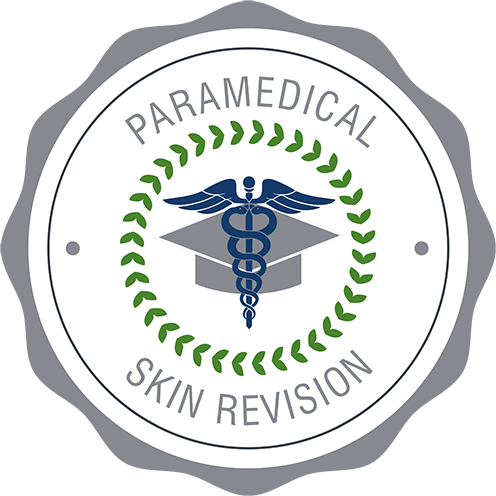Blog

4 Steps to Control Acne
Acne. The word alone is enough to send many of us cringing to our bathroom mirrors to look for it. The teen years are hard enough without the difficulty of dealing with unsightly red pimples all over our faces! But for many of us, acne continues to plague the skin even as we age. The British Journal of Dermatology reported that acne can persist into the 20s and 30s and beyond for well over 40% of acne cases. It just seems unfair to have to deal with wrinkles and zits! Luckily, there are ways to help improve acne-prone skin.
What is Acne?
Acne is the most common skin problem in the United States. It occurs when hair follicles get clogged with dead skin cells and oil. This allows bacteria to get into the pore and stay there, allowing the bacteria to rapidly spread. An inflamed pore gets red and swollen. If the inflammation goes deeper into the skin, a cyst or nodule can form. Acne mostly affects the face, chest, and back. While the occasional pimple is almost universal, around 20% of teenagers have moderate-to-severe acne.
How to Treat Acne
The very first step in treating acne is to properly take care of the skin every day. For most people, this means a gentle cleansing of the skin every day, light hydration at night, and making sure to wear sunscreen every day. However, with acne-prone skin, additional steps might need to be built into a healthy skincare regimen. There are four important parts to taking care of acne:
1. Controlling Oil
The body secretes oil, called sebum, constantly. It’s a protective coating to help the skin not lose moisture. In general, people who have problems with acne produce higher amounts of sebum. Many people with oily skin try to dry it out with harsh astringents and frequent washing. However, this will only cause the skin to dry out and cause inflammation that can actually aggravate acne. Moisture is important!
2. Reducing Clogged Pores
Oil, bacteria, and dead skin cells can get trapped in hair follicles, leading to plugged up pores. A great way to treat clogged pores is regular facials, especially gentle peels that pull out impurities. At home, use gentle exfoliant products and masks to absorb oil and remove debris and dirt. Using products that contain retinol, a vitamin A derivative, is an effective way to increase cell turnover and allow healthy cells to surface quickly.
3. Minimizing Bacteria
A common treatment by dermatologists is to prescribe antibiotics for acne patients to control bacteria. However, topical antibacterial and antimicrobial products can also reduce good bacteria’s ability to thrive on the skin. Treatments that increase circulation and blood flow can deliver oxygen that will lead to a decrease in acne and problem skin. Light massage of the face can stimulate circulation as well.
4. Fighting Inflammation
Inflammation is both a cause and a result of acne. Inflammation is primarily due to an immune response, and using ingredients that prevent irritation are a must. Although many people think that tanning will improve their skin, the inflammation brought on from UV exposure will actually make acne worse! Using gentle ingredients and treatments for the skin are important, as well as using sunscreen every day.
Acne is a common and difficult skin condition, but it can be treated and improved! Let one of our estheticians design a customized skincare plan for you.
10 Years Younger in 10 Days
Want to significantly and quickly revise signs of aging but do not want to commit to invasive surgery or procedures? SPA Melissa Allen’s 10 Years Younger in 10 Days is the...
Book NowDMK Enzyme Treatments
DMK Enzyme Treatments work to oxygenate, detoxify, and improve your skin's ability to function by removing dead skin cells and impurities trapped in the skin. The results are brighter, younger-look...
Book Now


